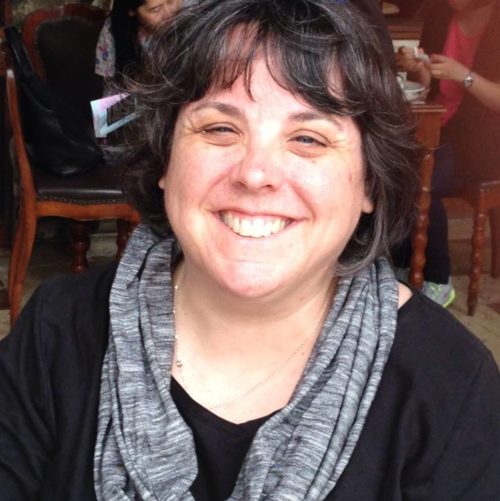The Tuesday afternoon before Thanksgiving I left the house to run errands—only to spot a large, brown mass huddled in the snow underneath my front bushes.
It turned out to be a wild turkey. And it wasn’t moving.
Call me a stereotypical literature professor, attuned to symbolism at every turn, but a dead turkey two days before Thanksgiving seemed like a rather bad sign.
I began talking to it—as you do with errant fowl in your front yard—and slowly it lifted its head. Which relieved me, of course, but then immediately suggested all kinds of other narrative possibilities, most of them boding ill for the protagonist of the story (read: me). I mean, if it were a Flannery O’Connor story I had wandered into, it wouldn’t take long for the turkey to launch some kind of holy attack that would, of course, bring about my redemption, but also—at minimum—the loss of an eye or the awarding of a disfiguring flesh wound. Or perhaps I had drifted into some kind of allegory against Thanksgiving consumption—and like the Ancient Mariner’s albatross, I was about to be stuck with some kind of unfortunate turkey necklace. Or I’ve read on the internet (so it must be true) that turkeys are a sign of fertility in some cultures—and as a childless spinster, the implications of that symbolism seemed deeply worrying on a number of levels. Or maybe the word was out in Turkey World that I was not actually cooking Thanksgiving this year, and so I was about to be inundated (in the manner of Hitchcock’s The Birds) with millions of sanctuary-seeking turkeys. Really, the possibilities were not good.
Thankfully, my conversational skills eventually persuaded the turkey that it wanted to move along. Unfortunately, it decided that my front porch seemed the most auspicious place, and up it ran. Where it appeared to be, in the manner of Poe’s raven, tap—tap—tapping on my front door, though I wasn’t close enough to hear if it said “nevermore” or not. Clearly, I wasn’t going to let it in; after all, I’ve read The Cat in the Hat—and the bird version could scarcely end any better, especially given the relative intelligence between turkeys and cats. I decided the errands could wait no longer and slowly backed away—and as I did, the turkey finally came off the stoop and fled into the backyard.
Here ended the story.
And it’s a silly story, no doubt, signifying nothing except a lost turkey and an overly bookish temporary human host.
Or maybe not. Maybe we need to think more about the mysteries that come into our days and the narrative paradigms we allow them to fit into. It’s true I’m not claiming my turkey visit “means” anything specific, but in these days of Advent when we speak so often of signs and marvels, I think the more important thing is that I remain open to the idea that it could. To the folks living through it—Anna and Simeon, the shepherds and the magi, Mary and Joseph—the stuff they were witnessing in their daily lives—giant stars and angel visits and the like—must have seemed at least as weird as a turkey randomly showing up. Advent reminds us that we still live in a story where the wondrous happens all the time.

